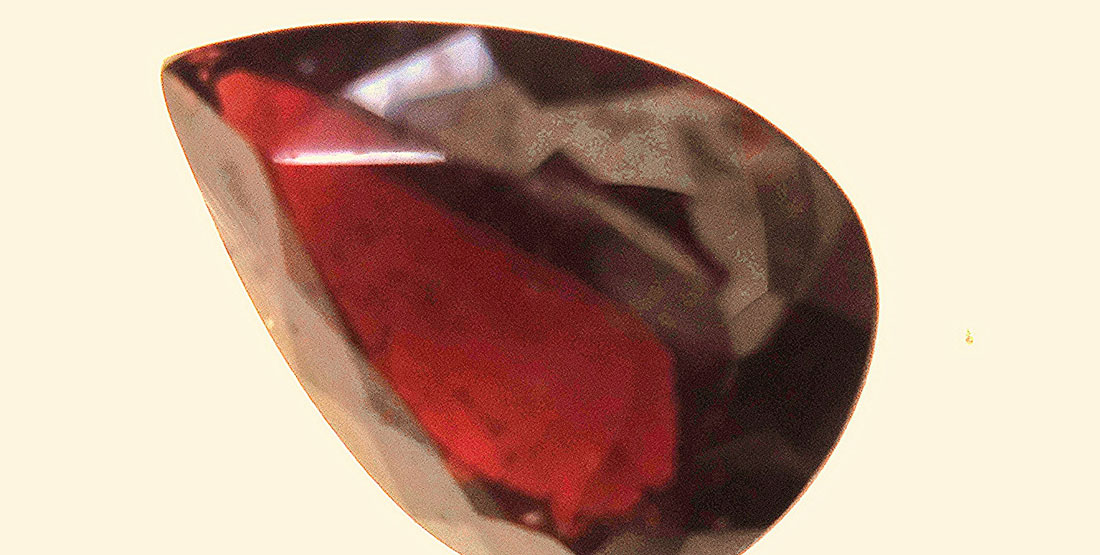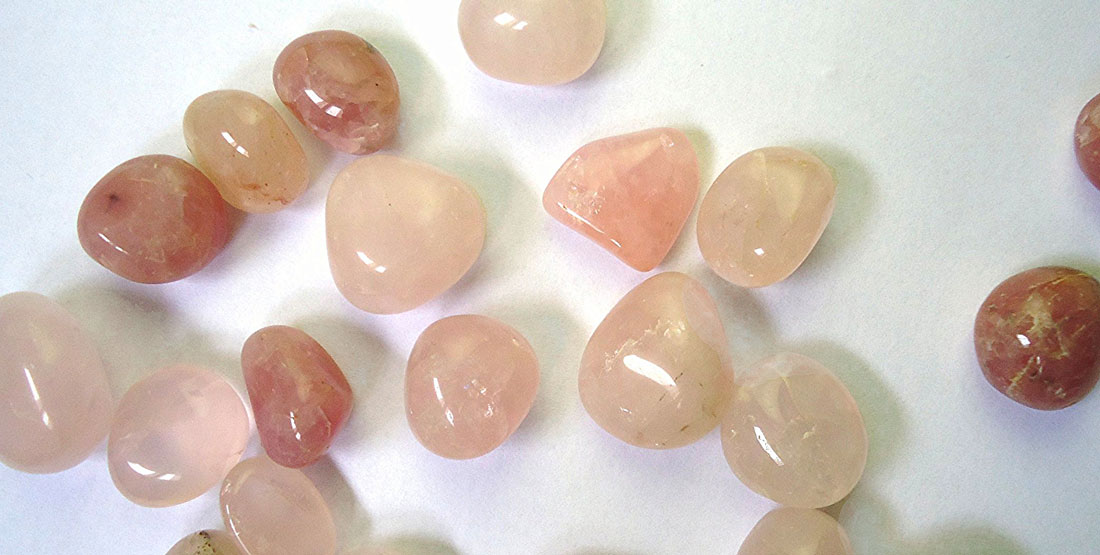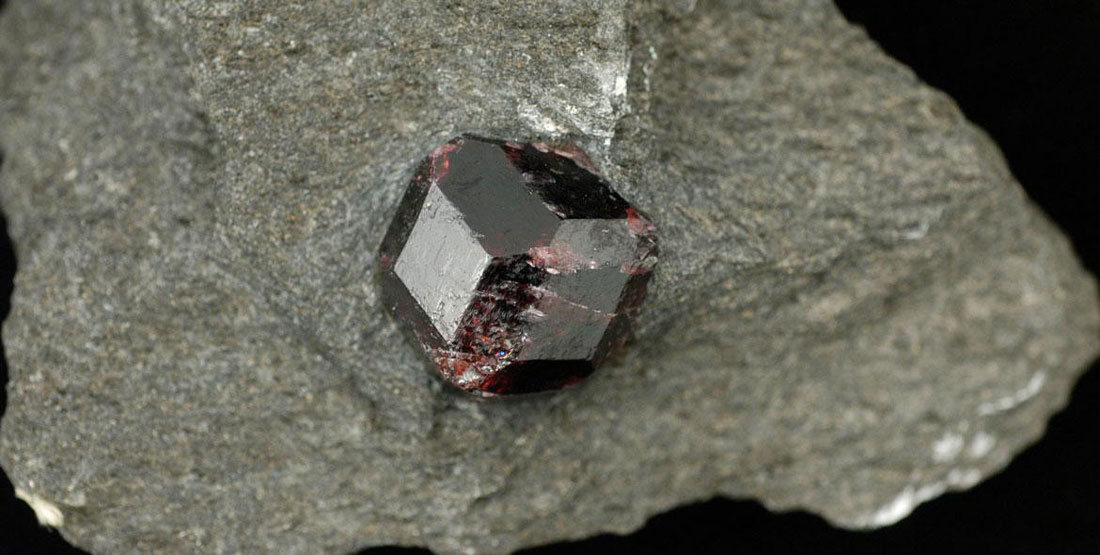- •
- •
- •
- •
- •
- •

Photo: Mauro Cateb
Photo: Mauro Cateb
Cut garnet. Photo: “Garnet” by Mauro Cateb is licensed under CC BY-ND 2.0.
- •
- •
- •

Photo: Mauro Cateb
Photo: Mauro Cateb
Photo: “Rose Quartz Pebbles” by Mauro Cateb is licensed under CC BY-ND 2.0.

Experience More & Save
Educators save $10 on Burke Museum memberships! Join today and experience the New Burke first.
Related Content
There are no results for the selected filters.

